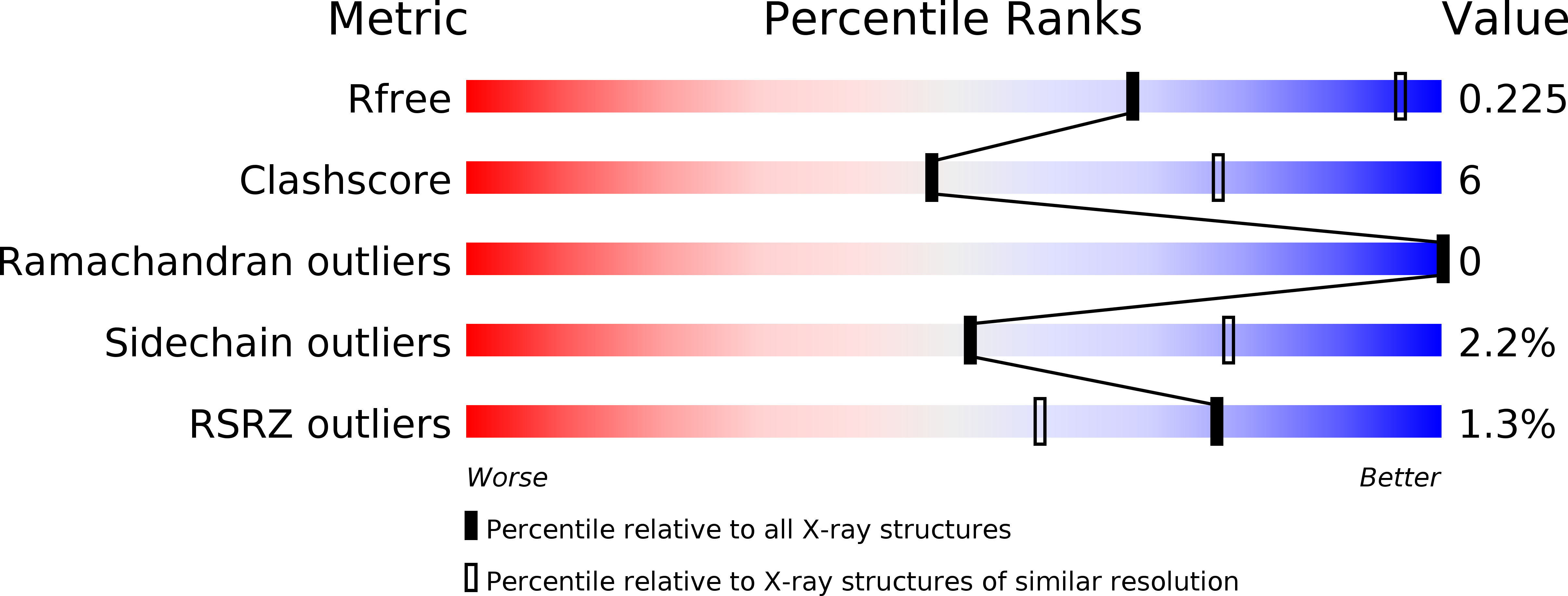
Deposition Date
2012-10-05
Release Date
2013-04-17
Last Version Date
2024-02-28
Entry Detail
PDB ID:
4HFD
Keywords:
Title:
The GLIC pentameric Ligand-Gated Ion Channel F14'A ethanol-sensitive mutant complexed to bromoform
Biological Source:
Source Organism:
Gloeobacter violaceus (Taxon ID: 251221)
Host Organism:
Method Details:
Experimental Method:
Resolution:
3.10 Å
R-Value Free:
0.20
R-Value Work:
0.19
R-Value Observed:
0.19
Space Group:
C 1 2 1


